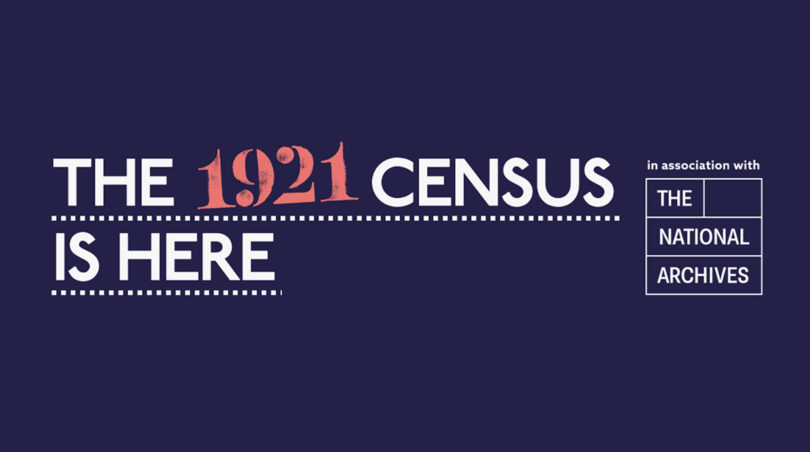Watch our handy video to see how easy it is to unlock incredible census stories. From pinpointing the right relative to tracing house history, this must-see guide will get you started and keep you on track.
What information does the 1921 Census contain?
The 1921 Census of England and Wales is a population census taken in June 1921 and paints a picture of the population nearly 100 years ago. It holds information on every household, vessel, institution, and overseas residencies that were part of England and Wales in 1921, plus the Isle of Man and the Channel Islands. Also included are merchant ships in the waters of England and Wales, all ships of the Royal Navy and army, and, for the first time, Royal Air Force units stationed overseas. This includes units on occupation duties following the First World War or based in territories newly under British administration as a result of the war, such as Mesopotamia (modern Iraq).
A full entry on a standard household schedule will contain:
- Full address of the property.
- Names of persons in each household.
- Relationship to head of household.
- Age (this was now required as years and completed months, rather than just years as in previous censuses).
- Sex.
- “Marriage or Orphanhood” – For those aged 15 and over this field recorded if you were single, married, or widowed, and for the first time D was to be recorded for those whose marriage had been dissolved by divorce – For those under 15 this recorded if both parents were alive, father dead, mother dead or both dead – This field again shows the impact of the First World War with a greater proportion of widows recorded than in 1911, and 730,000 children recorded with “Father dead” versus 260,000 with “Mother dead”
- Place of birth and nationality for those born outside the UK.
- Occupation and Employment – If in full or part-time education- Principally for recording those at school or university, but could also include adults taking evening classes- For those employed, name and type of employer, otherwise recording “employer”, or “own account” – Those out of work are instructed to give their last employer and add “out of work” – Place of Work; the employer’s address (except for those in private employment such as domestic service.
- Number of children or stepchildren under the age of 16. Filled in by married men, widowers and widows, a total number followed by a cross in a box for each age that was applicable to a child or stepchild.
Other types of schedule for institutions/prisons, merchant vessels, or the armed forces add some additional questions about a function within the institution, and rank or trade rather than an occupation for the armed forces. Schedules used in Wales and the Isle of Man include an additional language question, asking if each person spoke Welsh (or Manx), English, or Both, while the armed forces schedule asks additionally if the person can speak Welsh or Gaelic (in addition to English).

